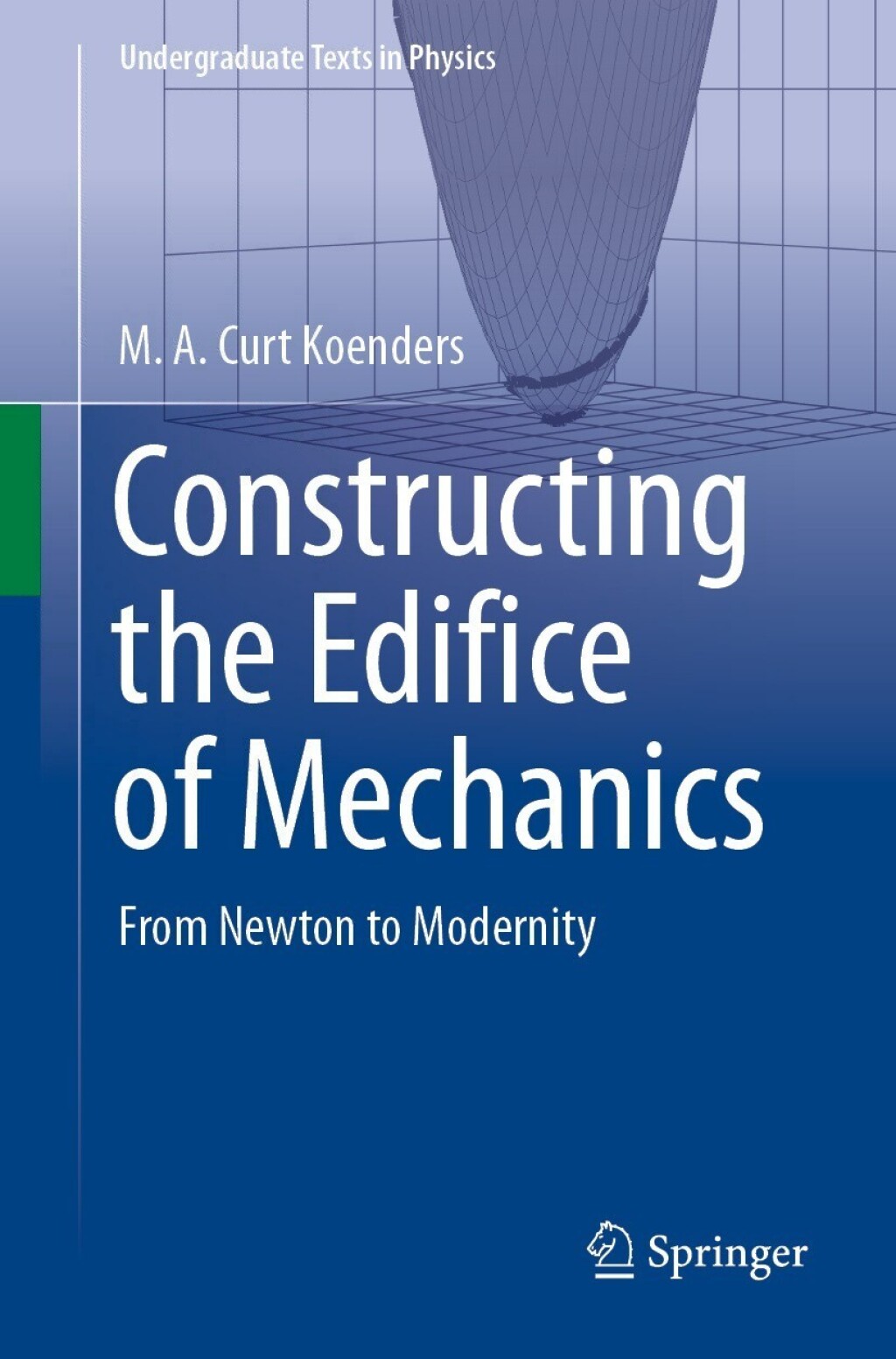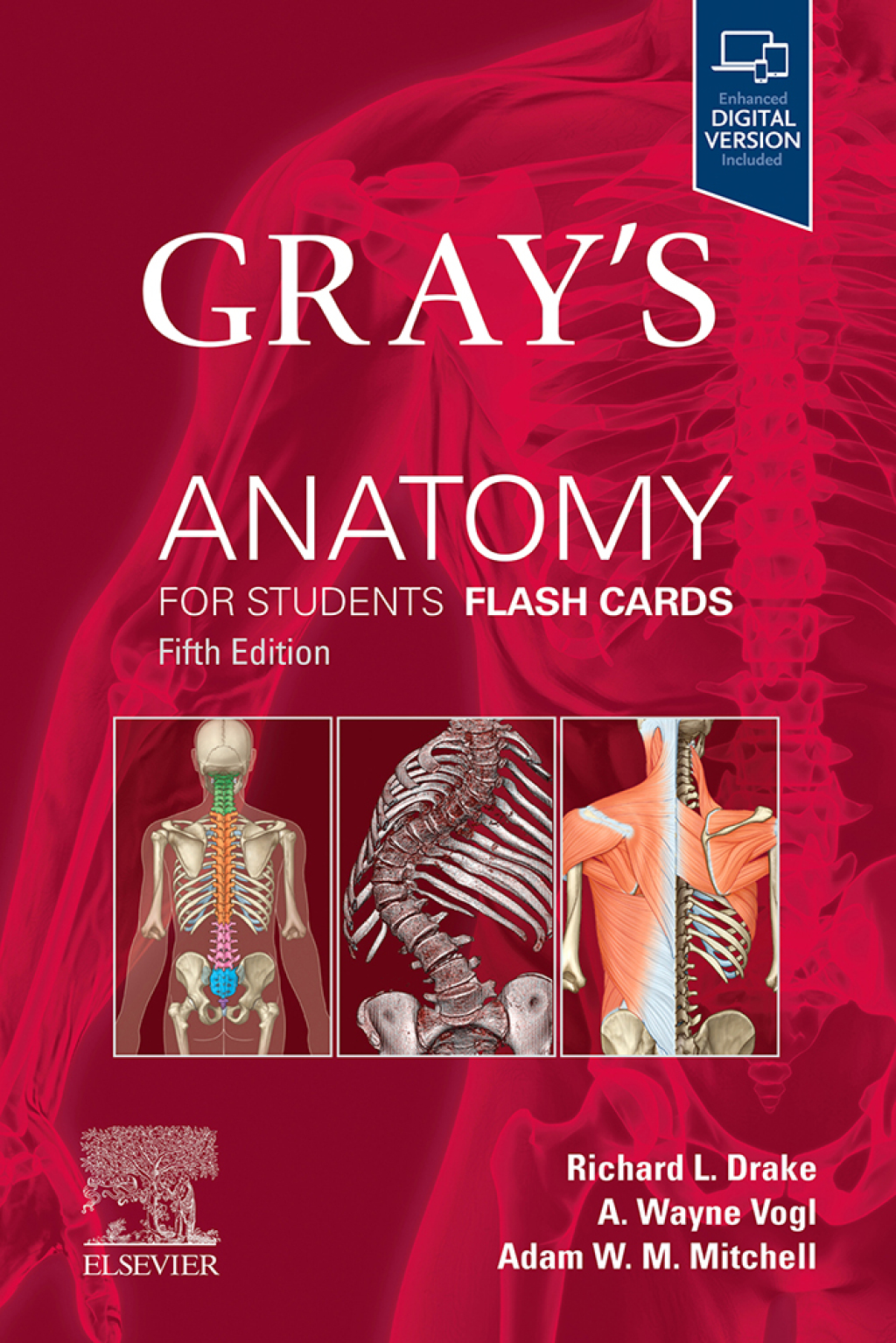Constructing the Edifice of Mechanics From Newton to Modernity
Author(s): M.A. Curt Koenders
Publisher: Springer
ISBN: 9783031340703
Edition:
$39,99
Delivery: This can be downloaded Immediately after purchasing.
Version: Only PDF Version.
Compatible Devices: Can be read on any device (Kindle, NOOK, Android/IOS devices, Windows, MAC)
Quality: High Quality. No missing contents. Printable
Recommended Software: Check here
Important: No Access Code
Description
This book deals with theoretical mechanics. Newton published the “Philosophiæ Naturalis Principia Mathematica” in 1687. In it, he sets out the basic principles of physics that are required to understand the motion of the planets, their moons, and the comets in the solar system. It includes the gravitational (inverse square) law, the inertial principle, and the basic elements of mechanics. Since its publication, a large number of refinements and reformulations have been introduced, thereby adding enormous insight into the structure of mechanics, which is commonly known as “classical mechanicsâ€Â. All these have in common that by taking a suitable limit, Newton’s original principles re-appear. Thus, physicists and mathematicians who work on the subject always have a notion that if their theories do not return to Newton’s foundations, then there is something wrong. Newton himself acknowledged that ‘if I have seen further (than others), it is by standing on the shoulders of giants’. One of these giants was undoubtedly Galileo who died in the year Newton was born. So, Newton himself adhered to the ‘classical limit’.










